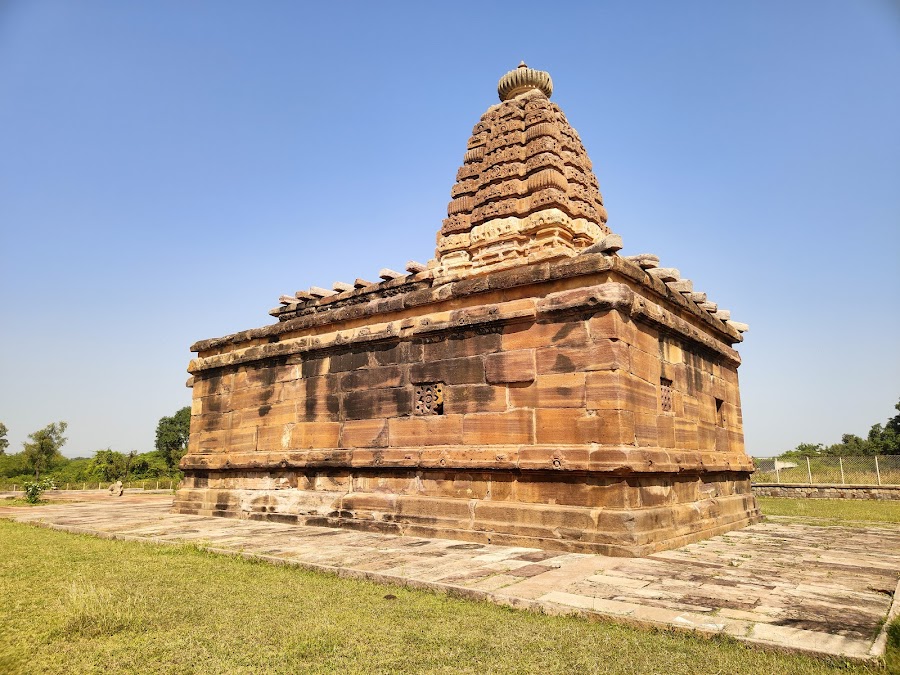
Hucchimalli Temple
Aihole, India
- Explore the temple's intricate carvings.
- Learn about Chalukyan architecture.
- Meditate in the peaceful surroundings.
- Photograph the Kadamba-Nagara style shikhara.
Known for:
Description:
The Hucchimalli Temple in Aihole is a significant example of early Chalukyan architecture. Dedicated to Lord Shiva, it showcases a blend of architectural styles, marking a transition from earlier forms to the more ornate structures that would follow. The temple's layout includes a mukhamantapa (entrance porch), a sabhamantapa (assembly hall), and a garbhagriha (sanctum). The shikhara (superstructure) is particularly noteworthy for its Kadamba-Nagara style, reflecting influences from northern India. The temple's intricate carvings and sculptures offer valuable insights into the artistic and religious practices of the Chalukya dynasty. It is one of the must-visit places in Aihole.
History:
The Hucchimalli Temple is believed to have been constructed around the 7th century CE during the reign of the Early Chalukya dynasty. This period was a formative one for Chalukyan architecture, and the temple reflects the experimental nature of the era. The Chalukyas, who ruled over a large part of South India, were great patrons of art and architecture. Their influence is evident in the numerous temples and monuments found in Aihole, often considered a cradle of Indian temple architecture. The Hucchimalli Temple stands as a testament to their early architectural innovations and religious beliefs, providing valuable clues about the evolution of temple design in the region.